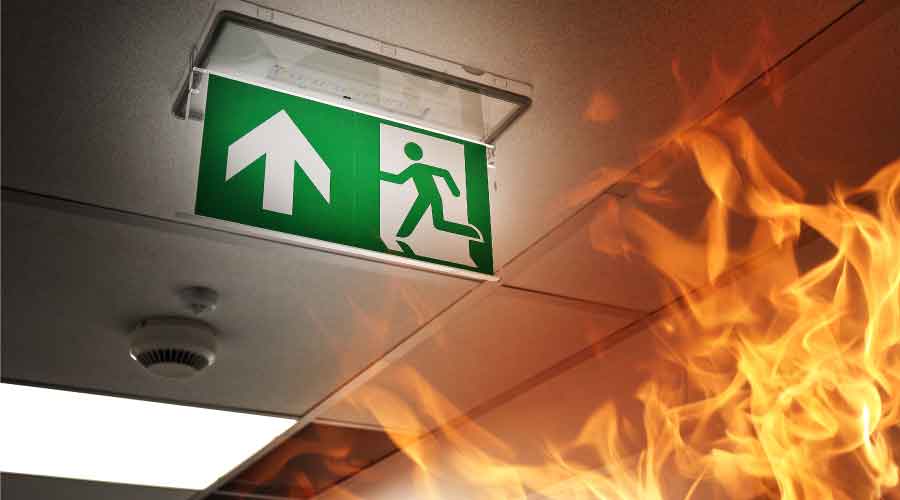Fire and Life Safety Codes Drive Efficiencies
Although code books are written in black and white, anyone in the field knows that the way requirements are applied in real life is anything but cut-and-dried.
By Ray Bizal, Contributing Writer
OTHER PARTS OF THIS ARTICLEPt. 1: This Page
Digital platforms allow teams to efficiently organize workflows and share information with interactive notetaking, bookmarking, and collection capabilities. Project stakeholders can use keyword search features to quickly locate relevant requirements across all National Fire Protection Association (NFPA) publications at once, add notes and color-coded bookmarks, and create a collection of those bookmarks that can be shared with both in-house and external contractors. Teams can create a collection of safety aspects that need to be addressed before approaching the AHJ, for example. They can also leverage this feature throughout the permitting process by creating a collection of requirements for plan review redlines sent back by the AHJ. And, once construction begins, teams can create collections for any issues that arise.
Although code books are written in black and white, anyone in the field knows that the way requirements are applied in real life is anything but cut-and-dried. Digital tools can help add context and helpful information regarding codes and standards with supplemental content. This can include expert commentary, pictures, added handbook content, or situational navigation. For example, in a less demanding code review where a contractor has very specific issues, he or she could use situational navigation to refer to a labeled rendering of a fire pump to examine the various elements that go into its compliance. This type of content can also be used to help train or onboard new employees. And as a bonus, because digital platforms are not static, meaning they can continuously update new content as needed.
Reducing miscommunication
It is not uncommon for there to be disputes or miscommunication between trades during a code review. The fire sprinkler contractor may say one thing while the architect and mechanical engineer say another. Or, sometimes, during a final inspection or walk through, the AHJ or insurance carrier may point out a specific aspect that doesn’t meet the code without providing much further context, sending contractors to pore through their code books in attempt to locate the right requirements to rectify the situation.
When these conversations occur, the ability to quickly pull up all digital NFPA publications on any device, search by section or keyword across those publications, and find the relevant section of code to share with all parties for discussion is a major asset. That way, stakeholders can ensure they’re referring to the same section of code in the same edition and work from there. Digitizing this process helps reduce miscommunication, resolve disputes faster and complete projects quicker while ensuring all building and life safety aspects are accurate and up to code.
The fire and life safety code provisions are constantly evolving, and it is critical that teams have real-time access to the newest editions. Digitization helps new information about codes and standards, such as tentative interim amendments (TIAs), errata, and formal interpretations, get disseminated quickly and accurately to keep projects compliant. Digital platforms not only update new editions or changes in real-time, but also flag those significant changes with interactive change markers to ensure nothing goes unnoticed. This helps teams know any requirements that may have changed between code editions and understand what building aspects need to be modified.
Resiliency is key to safety, and compliance with the code is key to resiliency. Code reviews are a critical aspect to maintaining the highest level of safety for employees, customers, and first responders in the case of an emergency. Therefore, it’s important that trades leverage emerging digital tools to perform code reviews efficiently and effectively.
Ray Bizal is director of regional operations for NFPA. He oversees the Canadian and U.S. Regional Directors, who provide outreach to NFPA stakeholders regarding the many activities undertaken by the association. With over 30 years in the fire protection profession, Bizal also worked at the Lockheed Missiles and Space Company Fire Department as a fire protection specialist, and Factory Mutual Engineering Association as a loss prevention consultant.
Related Topics:












